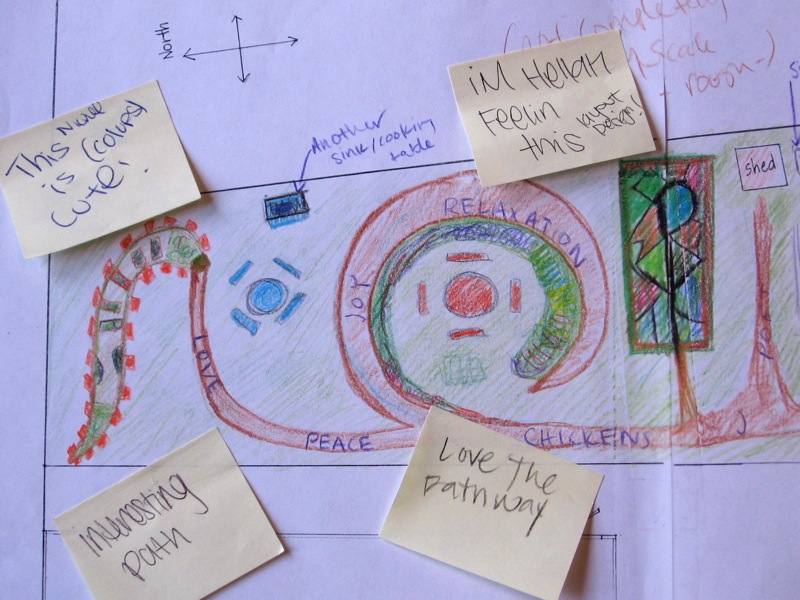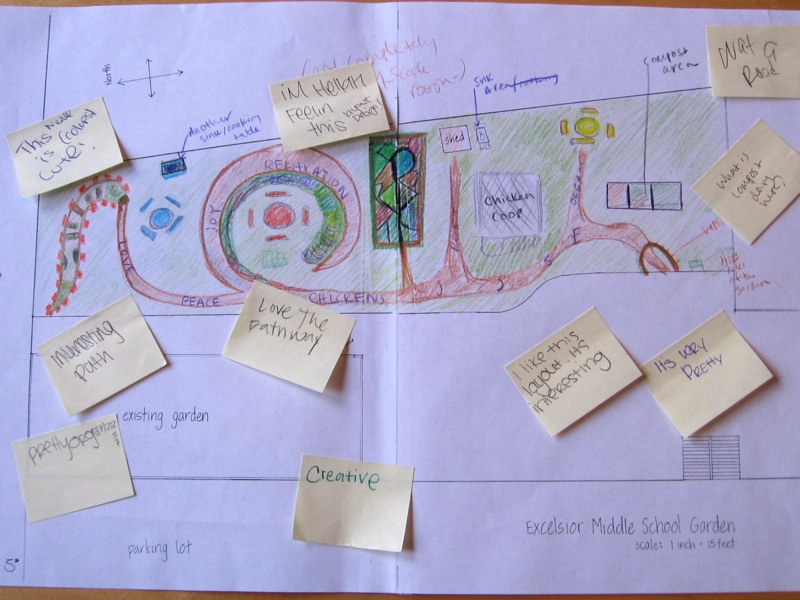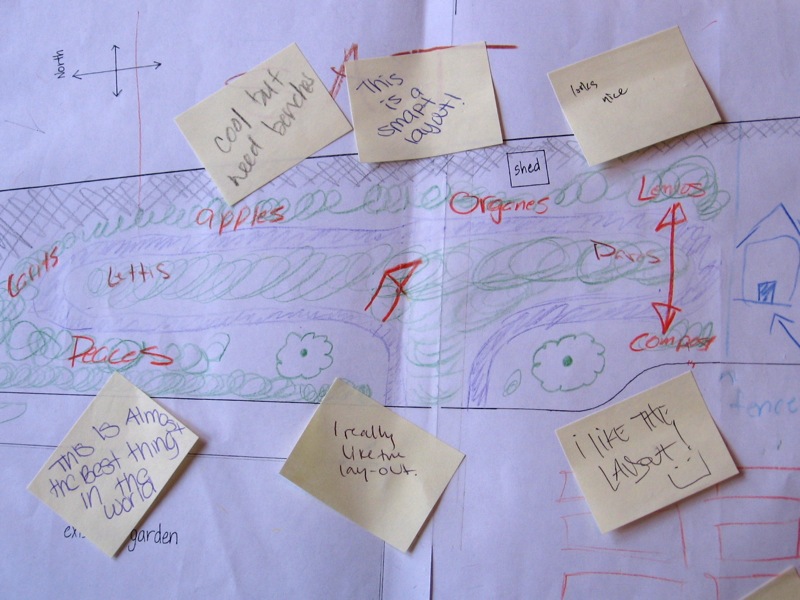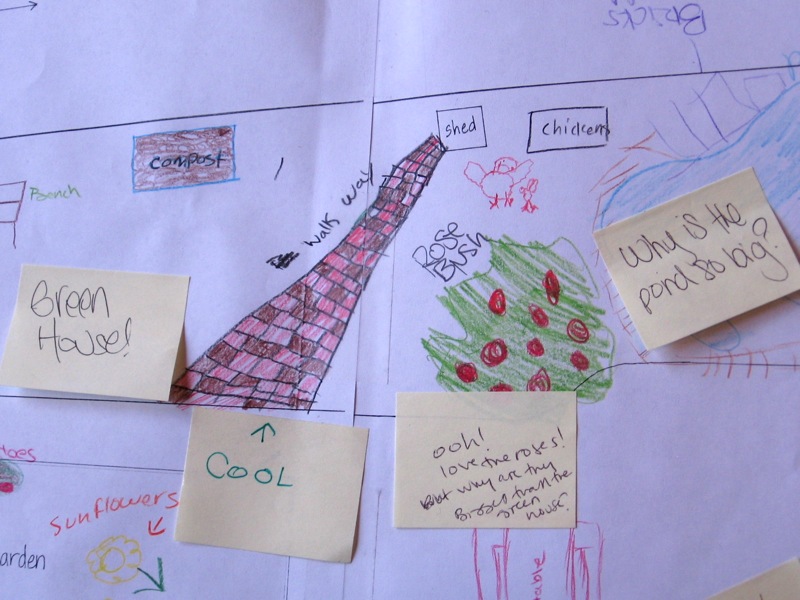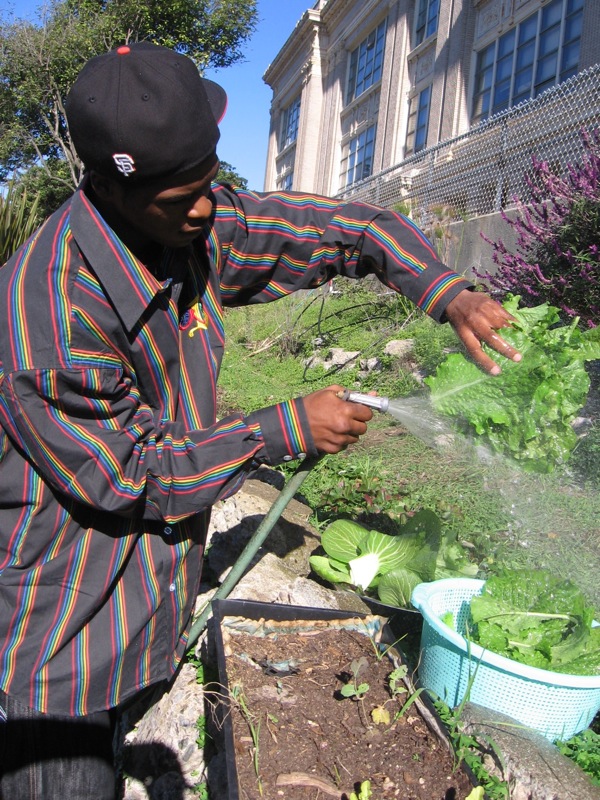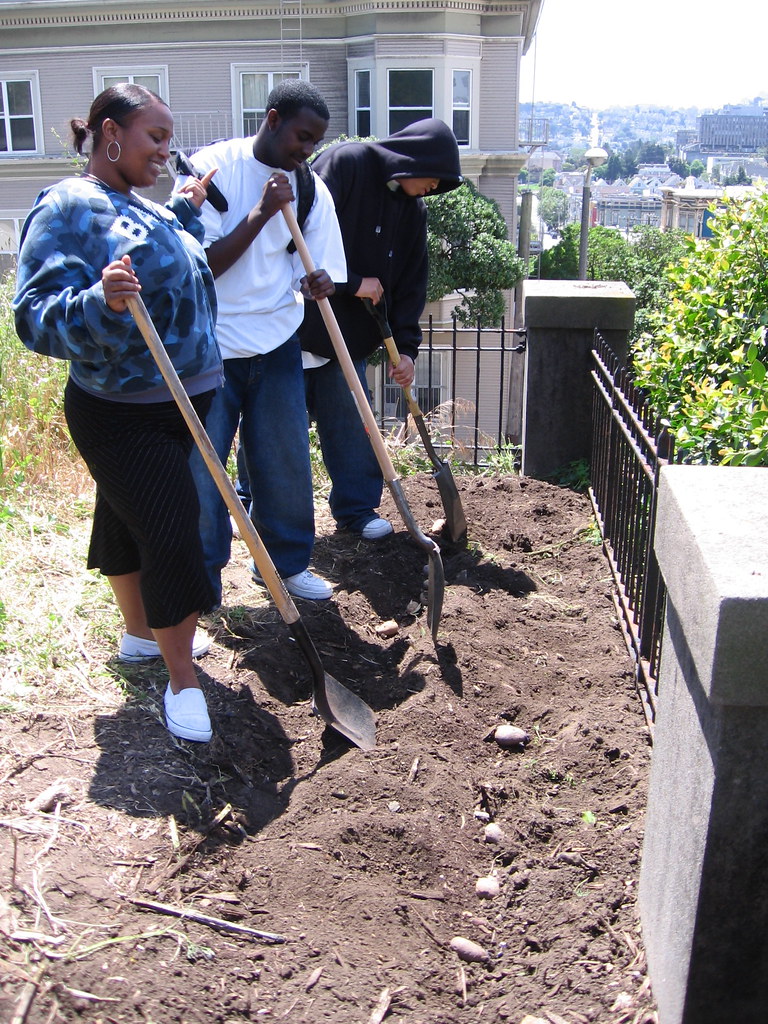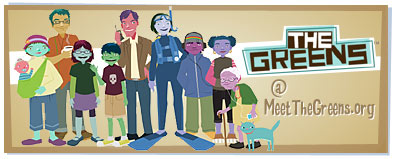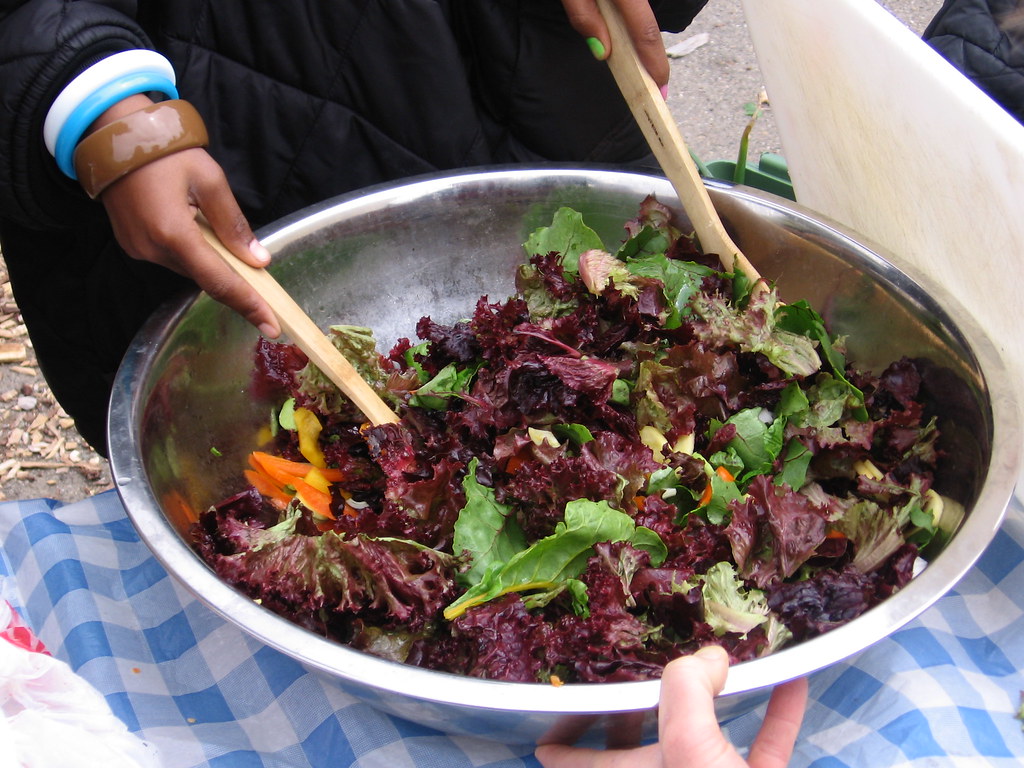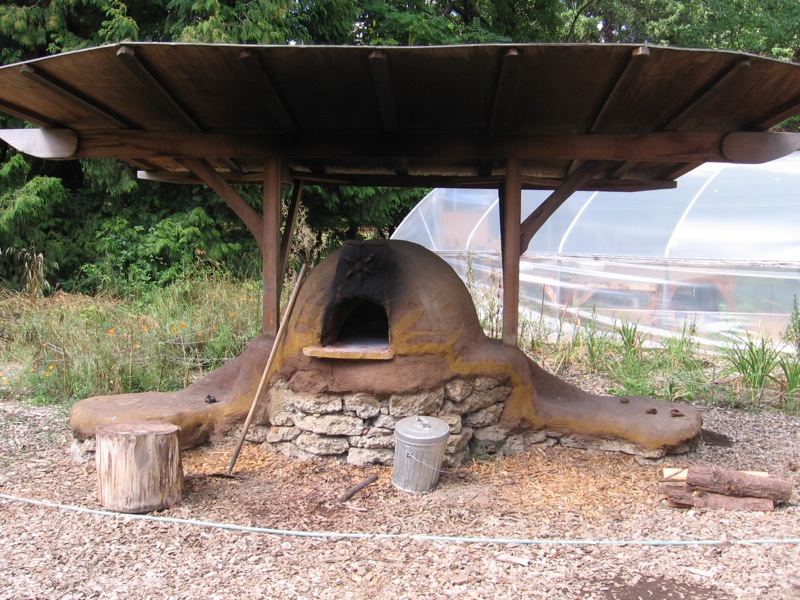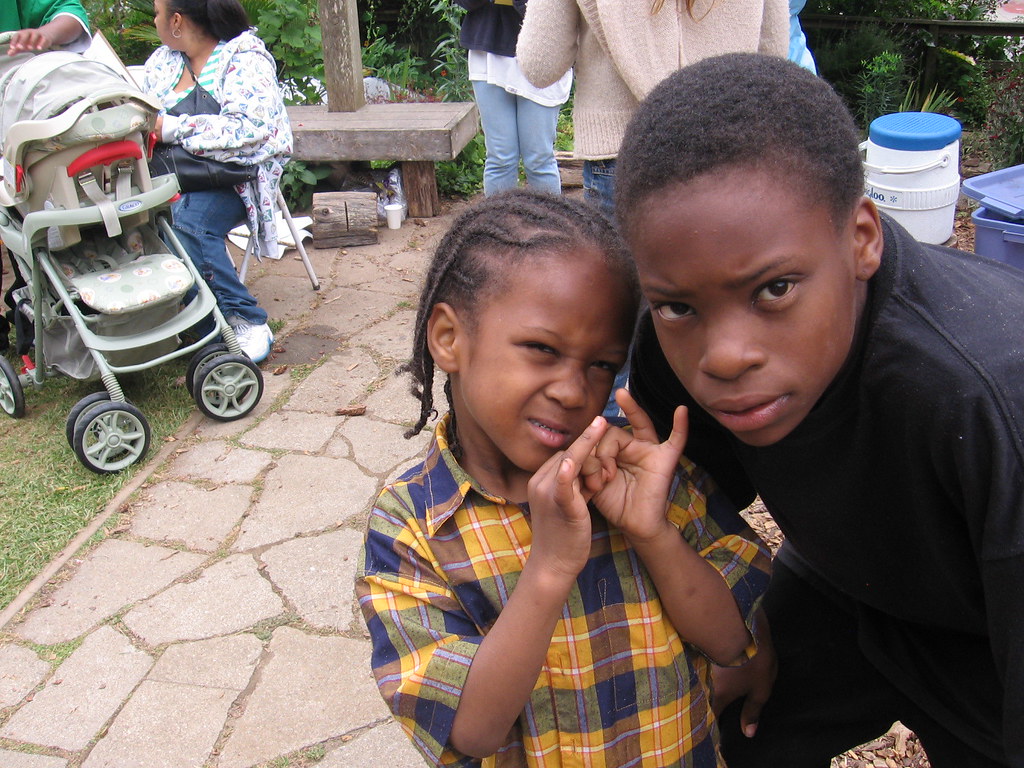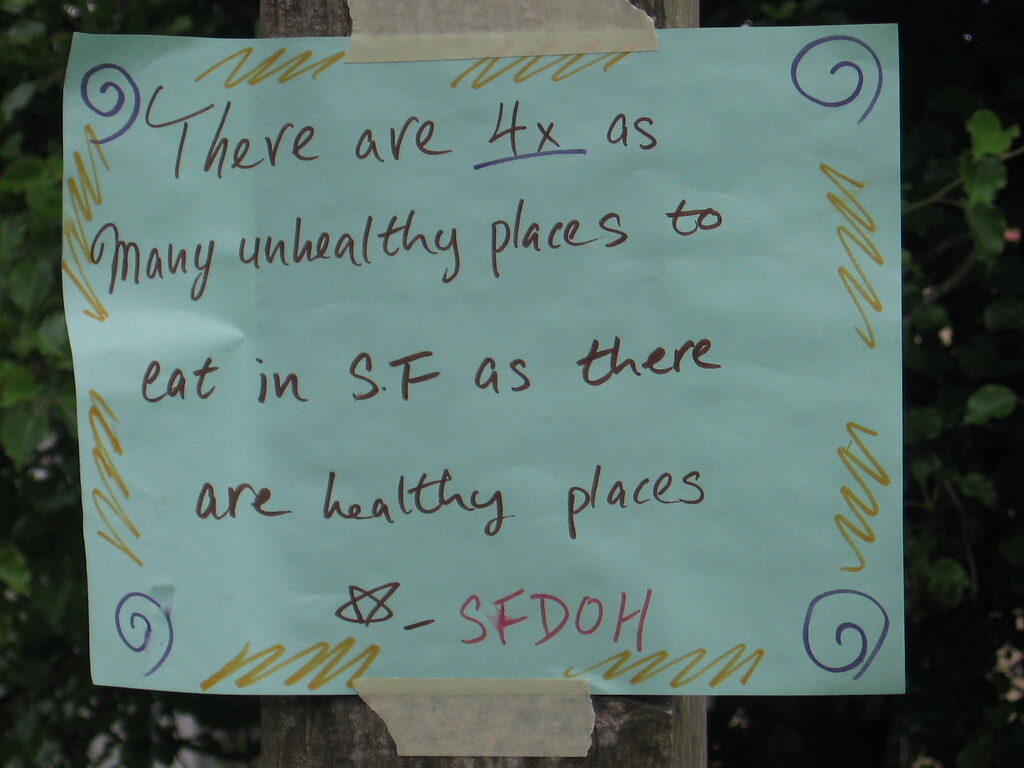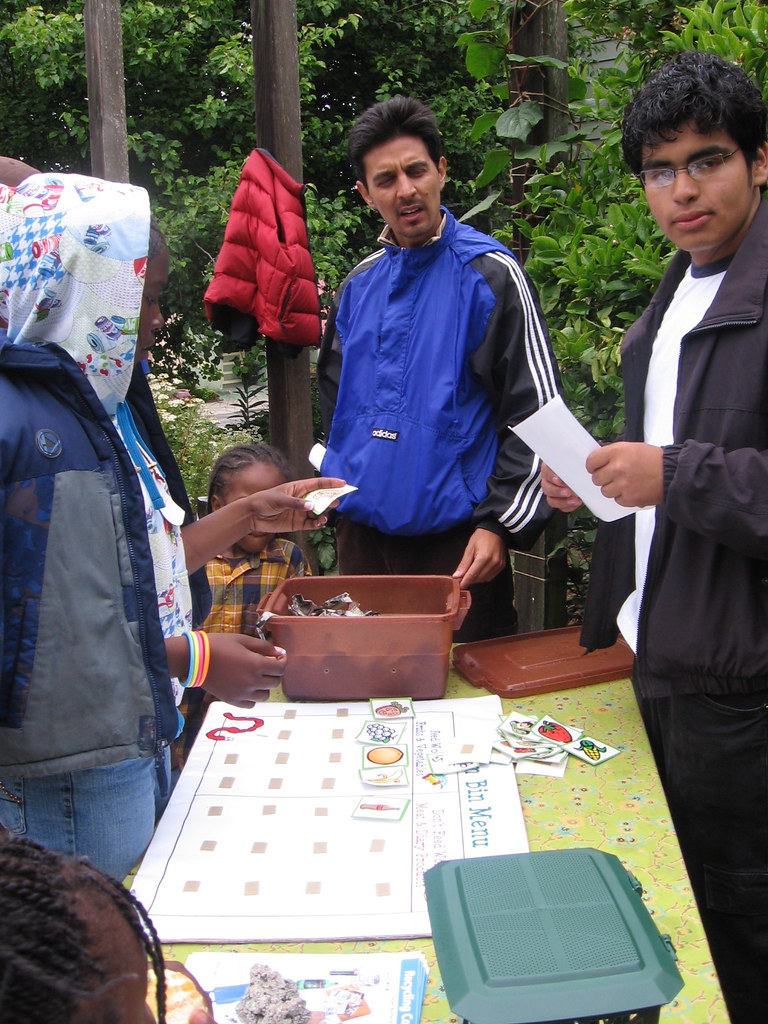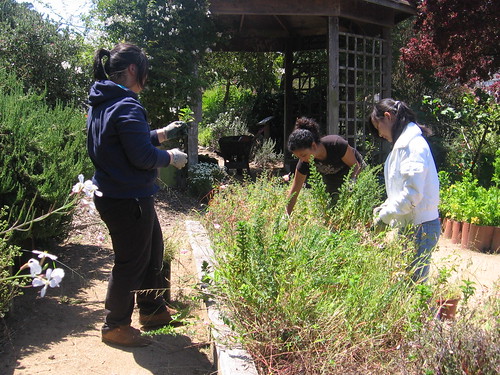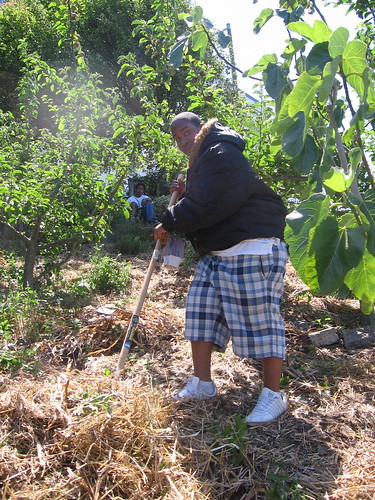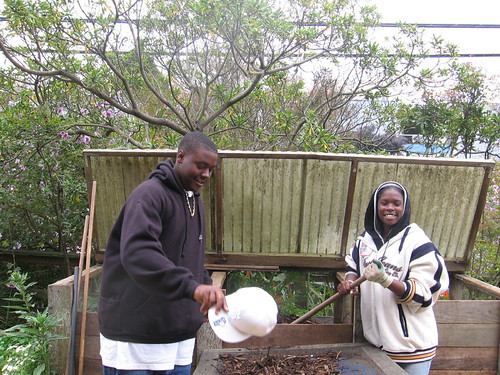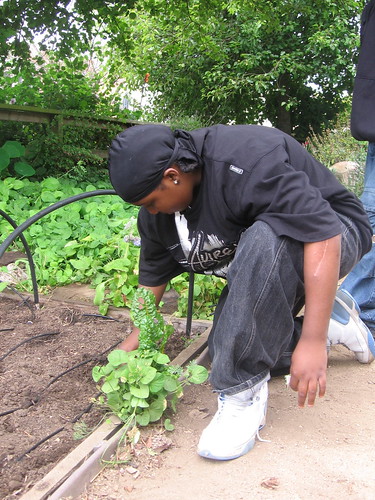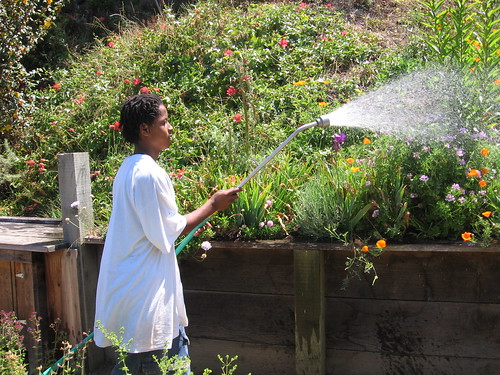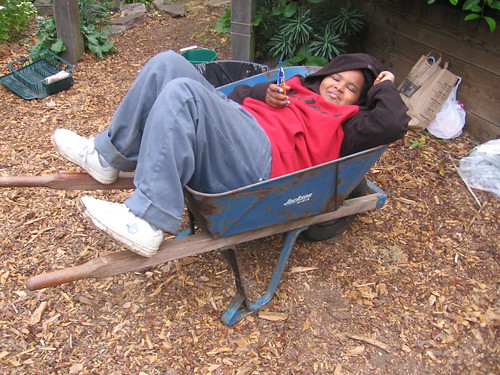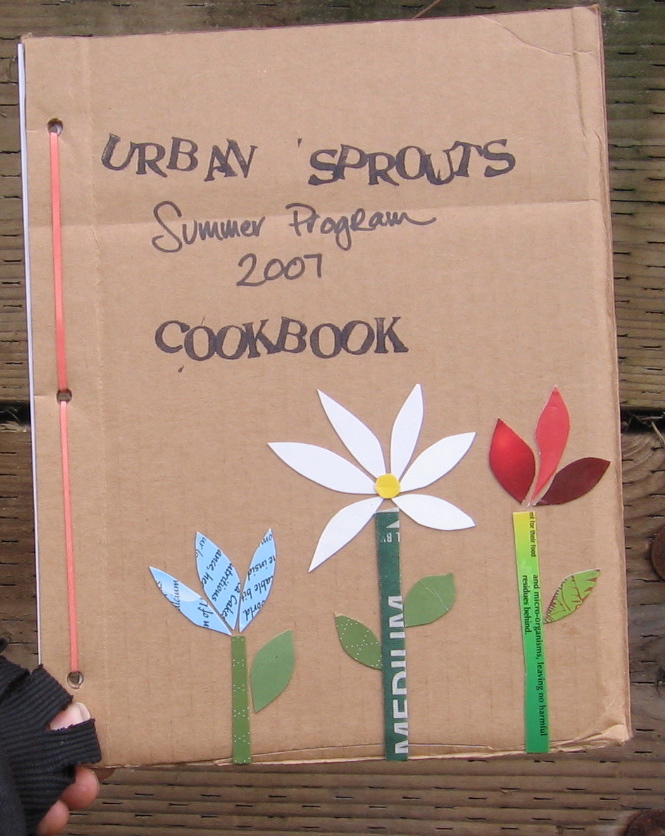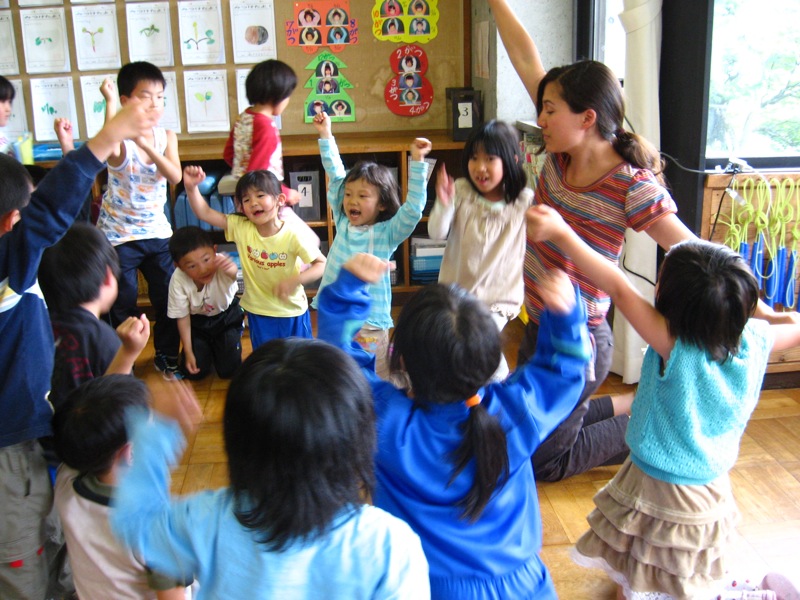 The past year and a half in Japan has been wonderful. I've been living in a little farming village in the mountains of Nagano prefecture. I teach English at 1 junior high and 2 elementary schools and gardening is very much a part of school life here. Each grade level has its own little plot on school grounds, and the garden touches so many aspects of the curriculum here. The hallways are lined with chrysanthemum bushes grown by the first graders, sunflower seeds find their way into math classes, and popcorn has been popping into all the teachers' offices after being grown, harvested, and cooked by the fourth graders. Seasonal flowers are brought in by teachers from their own home gardens. There is always at least one vase full of flowers in the entry ways at school. Such a nice touch!
The past year and a half in Japan has been wonderful. I've been living in a little farming village in the mountains of Nagano prefecture. I teach English at 1 junior high and 2 elementary schools and gardening is very much a part of school life here. Each grade level has its own little plot on school grounds, and the garden touches so many aspects of the curriculum here. The hallways are lined with chrysanthemum bushes grown by the first graders, sunflower seeds find their way into math classes, and popcorn has been popping into all the teachers' offices after being grown, harvested, and cooked by the fourth graders. Seasonal flowers are brought in by teachers from their own home gardens. There is always at least one vase full of flowers in the entry ways at school. Such a nice touch!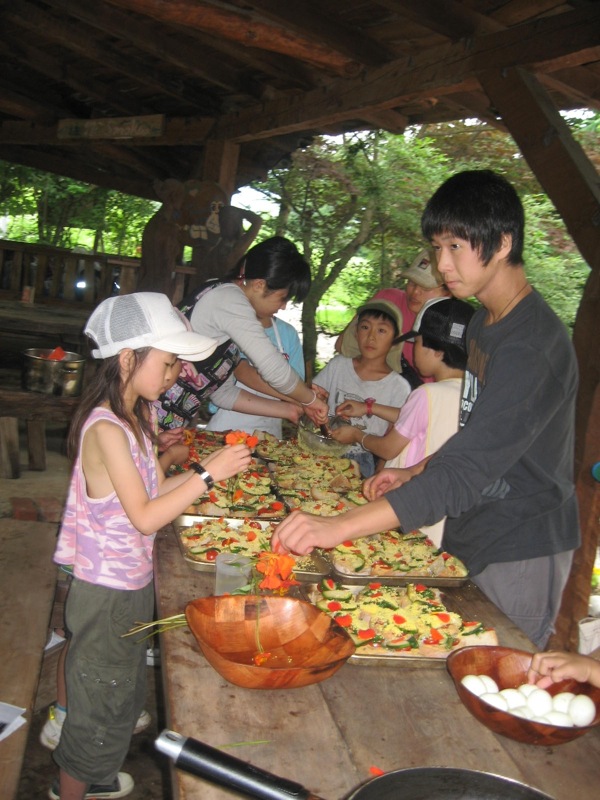 There seem to be no hangups about bringing food from the gardens straight into the mouths at school. The students put on their goofy gumboots, tromp out to the dirt and stick their hands right in! The harvest is divided among classmates or taken straight to the cafeteria kitchen. Last week, Japanese pumpkins were in school lunch every day after a harvest at one of the schools. This meant many variations on pumpkin soup, fried pumpkin tempura, and steamed pumpkin. One day, we spent a morning at elementary roasting sweet potatoes in a fire of dead leaves, and then by tea time we were devouring the soft sweet gooiness! The kids aren't even phased by cooking with weeds. Last spring, the 8th graders pounded rice with wild mugwort they had weeded from their plots and made fresh mochi. We also pulled purslane from the beds that day. The students were a bit surprised when I took it home to plant in my garden. They didn't know what great omelets it makes!
There seem to be no hangups about bringing food from the gardens straight into the mouths at school. The students put on their goofy gumboots, tromp out to the dirt and stick their hands right in! The harvest is divided among classmates or taken straight to the cafeteria kitchen. Last week, Japanese pumpkins were in school lunch every day after a harvest at one of the schools. This meant many variations on pumpkin soup, fried pumpkin tempura, and steamed pumpkin. One day, we spent a morning at elementary roasting sweet potatoes in a fire of dead leaves, and then by tea time we were devouring the soft sweet gooiness! The kids aren't even phased by cooking with weeds. Last spring, the 8th graders pounded rice with wild mugwort they had weeded from their plots and made fresh mochi. We also pulled purslane from the beds that day. The students were a bit surprised when I took it home to plant in my garden. They didn't know what great omelets it makes!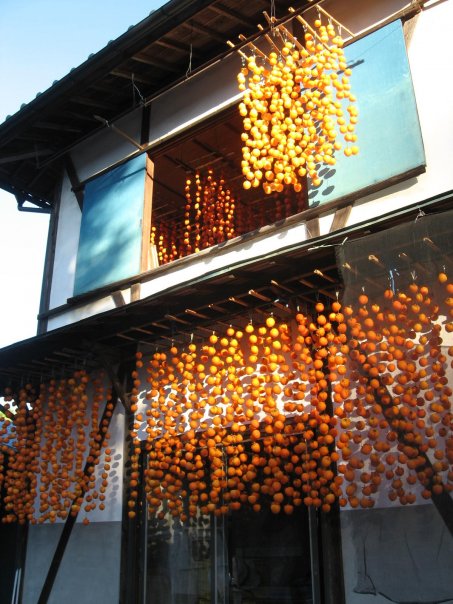 In addition to straying into the gardens during my free periods, I've been wandering into the hills and farm stands to find wild vegetables with new friends and teachers. So many strange delights! This year I've met all sorts of strange shoots and leaves – bamboo shoots dug from underground, translucent horsetails picked after the first rain, a dusty purple pod-bearing vine called akebi that makes interesting tempura, and more mushrooms than I have ever seen at the Ferry Building!
In addition to straying into the gardens during my free periods, I've been wandering into the hills and farm stands to find wild vegetables with new friends and teachers. So many strange delights! This year I've met all sorts of strange shoots and leaves – bamboo shoots dug from underground, translucent horsetails picked after the first rain, a dusty purple pod-bearing vine called akebi that makes interesting tempura, and more mushrooms than I have ever seen at the Ferry Building!Winter cold is winding down the foraging and farming season though, and now everyone is working to preserve their produce. Chinese cabbages are split to reveal their curly centers and laid on planks to wilt before becoming kimuchi. The daikons are braided and hung for a few weeks before being turned to crunchy pickles. Long strings of persimmons hang and dry in enormous open barns – the buildings seem to actually glow orange just before dusk, they are so full of bright fruit. They'll soon be sticky sugary masses, akin to dried dates and good for naturally sweetening cakes!
—Zia Hrdy
Nagano, Japan, 2007
school garden
Japan


